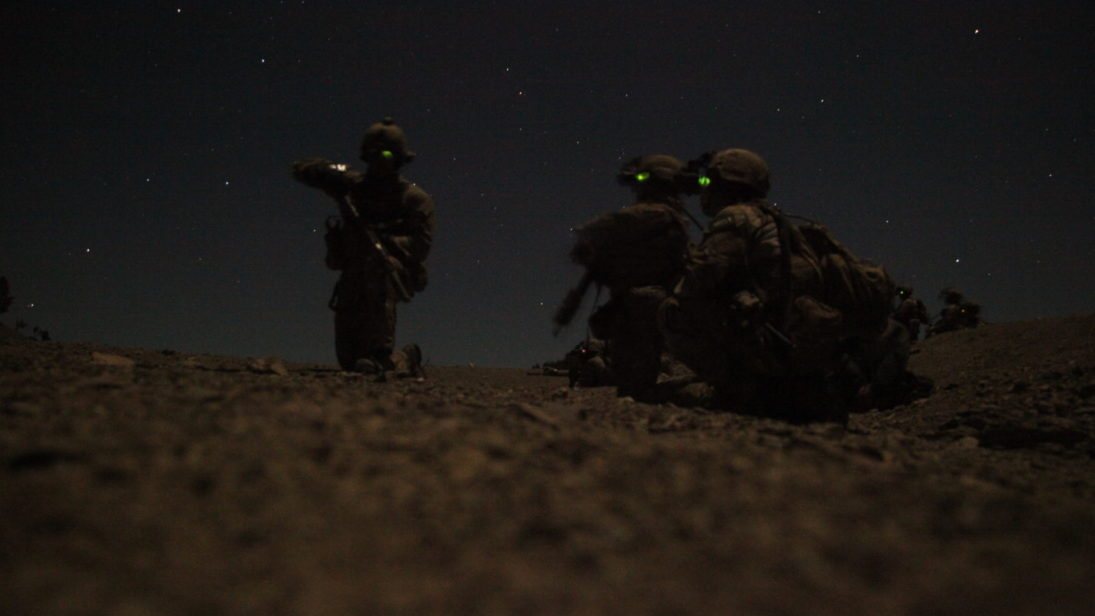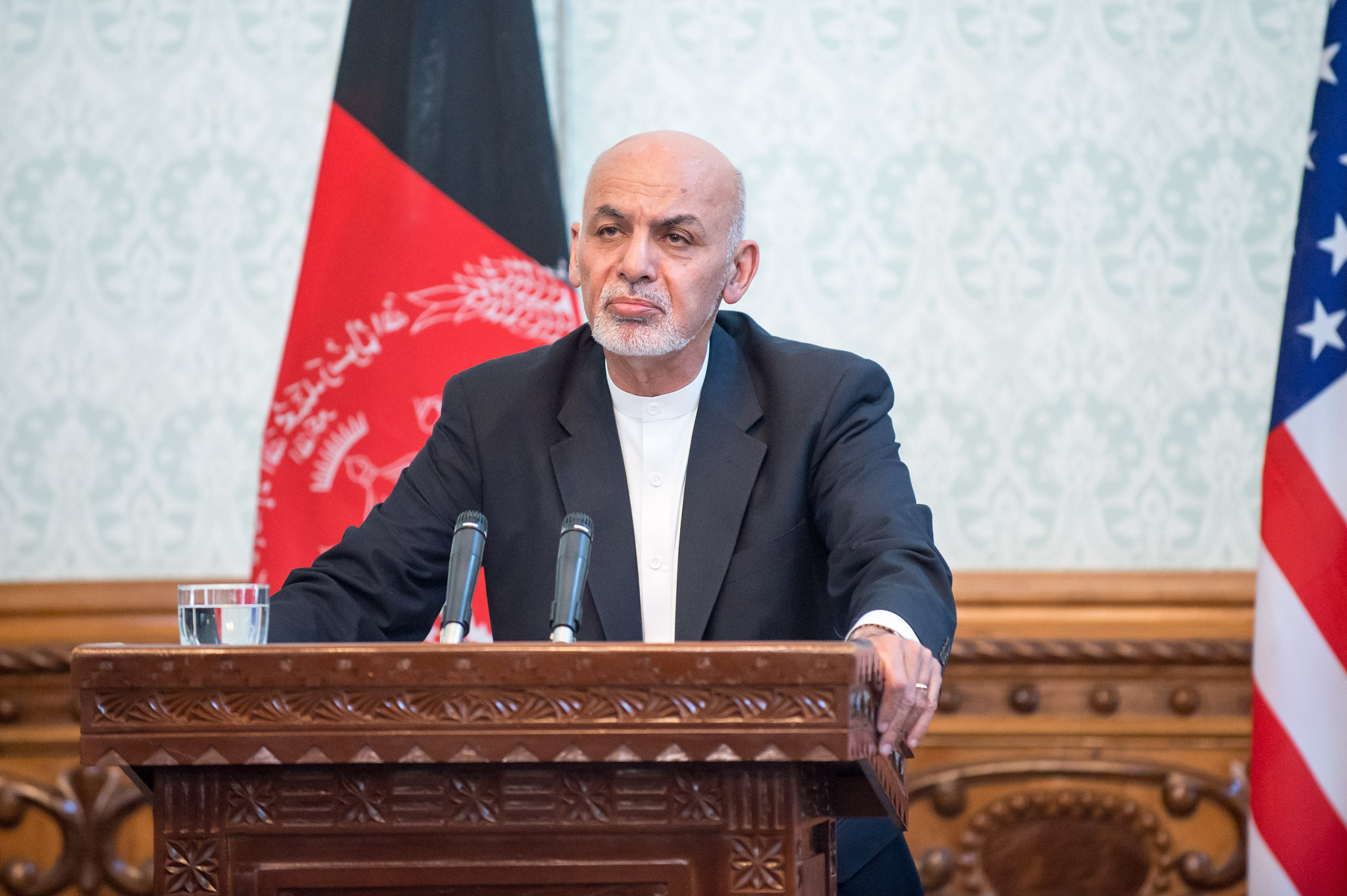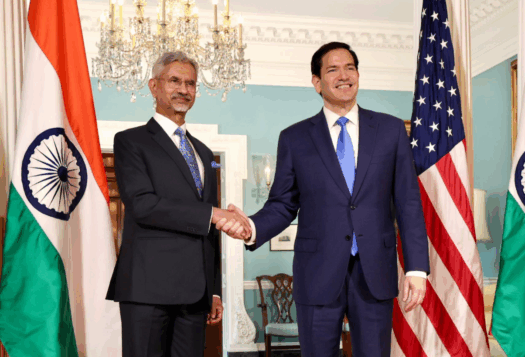
Ahead of U.S. Defense Secretary Jim Mattis’ visit to Pakistan on December 3, it is clear there are no quick fixes in Afghanistan. To date, U.S. forces have been unable to secure a decisive victory over the Afghan Taliban, which controls an estimated 13 percent of Afghanistan’s territory. Reflecting this view, the top U.S. commander in Afghanistan, General John Nicholson, recently described the conflict as a continuing “stalemate.” Despite a peaceful transfer of power following the 2014 national elections, Afghanistan has yet to establish a resilient political structure due to constitutional ambiguities, corruption, and internal domestic political factions. Moreover, external tensions with Pakistan, which the Afghan government accuses of providing safe havens to terrorist groups, have also complicated the potential of an enduring peace.
To follow through on U.S. President Trump’s strategy for Afghanistan, U.S. policymakers should make progress on two fronts. First, in order to receive Pakistan’s cooperation, the United States should focus on rooting out the Haqqani Network, an insurgent group that was once termed America’s “enemy number one” in Afghanistan. Pakistan, which has often been blamed for sheltering the insurgent outfit, needs to be taken onboard to chalk out an effective counter-insurgency policy towards the Haqqanis and a reconciliation policy with moderate elements in the Afghan Taliban.
Second, to make headway on the issue above, U.S. policymakers should help ensure Pakistan and Afghanistan have a meaningful bilateral relationship. In recent years, bilateral relations between the two countries have increasingly soured. Last year, for example, it was revealed that Afghan Taliban leader Mullah Akhtar Mansoor possessed a Pakistani passport. Pakistan has also looked coldly on the increasing cooperation between Afghanistan and Pakistan’s longstanding rival, India. Caustic relations are also exacerbated by an ongoing border dispute and impediments to bilateral trade between Pakistan and Afghanistan, demonstrating there is no dearth of regional tensions between the two neighbors.
These two priorities show that the U.S. government not only needs to make tactical gains against the Haqqani Network in coordination with Pakistan, but also needs to urge the governments in Kabul and Islamabad to carry out diplomatic initiatives that can pave the way for an environment of regional stability. Balancing these two objectives will be the challenge of U.S. foreign policy in Afghanistan and Pakistan in the months and years ahead. As such, the United States would do well to outline its strategy and objectives on these priorities in a coherent road map ahead of Secretary Mattis’ trip
Keeping focus on the Haqqani Network
The Haqqani Network has remained a thorn in the side of U.S. strategy in the region. The Haqqani Network was responsible for the deadly 2011 terrorist attack on the U.S. embassy in Kabul, an 18-hour offensive in Kabul in 2012, and, allegedly, a truck bombing that killed more than 150 people. Now, recent actions by the Trump administration signal that the United States may be doubling down on its focus to eradicate the group. Earlier this month, the U.S. Congress removed references the Kashmir-focused, anti-India Lashkar-e-Taiba (LeT) terrorist group in the 2018 National Defense Authorization Act (NDAA). References to the Haqqani Network were untouched.
This development means Pakistan will no longer be mandated to show progress in stamping out LeT safe havens in order to receive military aid in the form of reimbursements from the U.S. government. The removal of LeT thus indicates Washington’s willingness to make some concessions to Pakistan in order to win its cooperation in Afghanistan.
While India will not be pleased by the minimization of the LeT threat the NDAA implies, the move will likely serve American interests in Afghanistan well. In this author’s estimation, maintaining Pakistan’s strategic depth against India via proxy groups like LeT will be more important to Islamabad than maintaining influence over the Afghanistan-based Haqqani Network. Now that Pakistan is under decreased pressure to act against LeT, policymakers may be more willing to take concrete actions to counteract the Haqqanis if the United States signals that eradicating the group is its number one priority.
For India, the disappointment may doubly sting in light of the promising BRICS Summit joint statement that labelled LeT a terrorist group on par with al Qaeda. A Pakistan court’s decision to release LeT founder, Hafiz Saeed, last week is also being linked to renewed Pakistani confidence following the NDAA change.
A U.S. role in mitigating Afghanistan-Pakistan tensions
The second major priority of the U.S. strategy in Afghanistan should be mitigating bilateral tensions between Afghanistan and Pakistan. Towards this end, the reconciliation process with the Taliban will be critical. Despite President Trump’s warlike rhetoric, the United States seems ready to acknowledge that a military victory over the Afghan Taliban is no longer feasible. Part of this fact is attributable the asymmetric nature of counter-insurgency operations, namely that the insurgent need only “avoid losing” to claim victory. Perhaps echoing this view within policy circles in Washington, U.S. Secretary of State Rex Tillerson recently called on “moderate voices among the Taliban” to join the peace process.

While the United States seems ready to invest in the reconciliation process with moderate elements in the Taliban, longstanding animosity between Kabul and Islamabad threatens to undermine this process. Earlier this month, Afghanistan’s Chief Executive Officer, Abdullah Abdullah, blamed Pakistan for harnessing and sheltering militants against the Afghan government. On the other hand, Islamabad regularly voices concerns that Tehreek-i-Taliban Pakistan (TTP) enjoys safe havens in Afghanistan.
Ultimately, the blame game serves no party’s interests in the region. As such, this is where the United States role in mediating becomes critical. Efforts like joint Pakistan-Afghanistan border patrolling and the continuation of Quadrilateral Coordination Group meetings are steps in the right direction, but the United States should do more to enforce such cooperation in order to dismantle the two major obstacles—the Haqqani Network and tense bilateral relations—to Afghan stability.
***
Editor’s Note: Click here to read this article in Hindi
Image 1: ResoluteSupportMedia via Flickr.
Image 2: Jim Mattis via Flickr.


